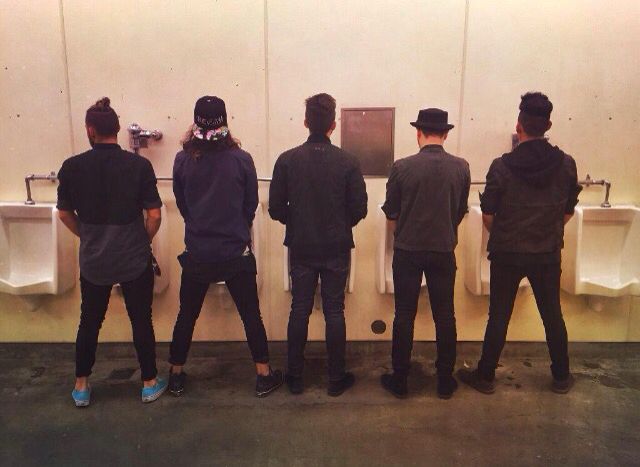
Why is Urine Yellow? And what if it’s not?
We all have to do it and it’s a sure sign of what’s happening inside our bodies. Having a pee. But why is, or should, your urine be yellow?
It’s incredible that an everyday phenomenon went unexplained for so long. But now researchers know precisely why urine is yellow, and they’re not holding it in. The final link was discovered in, of all places, the gut.
We get a bit technical here. The key that eluded scientists for over a century was that microbes living in the gut encode an enzyme, bilirubin reductase, that converts bilirubin into a colourless by-product called urobilinogen.
A portion of urobilinogen gets reabsorbed from the gut back into the bloodstream, helping clean out dead red blood cells, before being filtered by the kidneys into the bladder. This degrades into urobilin, which imparts the yellow colour. Voilà, conundrum solved.
Very likely too much information, and all you really need to know is pee should be yellow, but this isn’t always the case.

While our urine is 91% to 96% water, it does contain other stuff, including vitamins, hormones, and electrolytes, nitrogenous chemicals, uric acid and other compounds including breakdown products of medications. Over 99% of the solids in urine — typically too small to see — are composed of only 68 chemicals.
Some of these substances, along with certain medical conditions, can change the usual pale yellows or clear appearance of urine.
Example A has to be the colour changes seen when taking some vitamins, especially some vitamin B supplements. Our bodies take in what they need and outski goes the rest, generally in our pee as most are water soluble.
Three colours to watch out for
If you are not eating food or taking medicine that causes any of these colour changes, a doctor visit is in order:
Red coloured urine: Especially if not accompanied by pain. Blood in the urine is commonly caused by a urinary tract infection or kidney stones, but those issues are painful. Painless bleeding can be a sign of something more serious, like cancer.
Dark or orange urine: This can indicate that the liver or biliary system isn’t working correctly, especially if the change is accompanied with pale stools and yellow skin and eyes.
Brown or coca-colour urine: Muscle injury from extreme exercise can cause tea or cola-coloured urine, which can lead to kidney damage and needs immediate attention. Some liver and kidney disorders can also turn urine dark brown, and occasionally, urinary tract infections can cause this colour change. Rarely, internal bleeding can result in a brown colour.
So rest assured, the answer to urine’s yellow colour has been leaked. But if your urine isn’t the typical yellow, check an easily available colour chart and see if there’s a reasonable explanation — and if you have any doubts or questions, seek medical advice.



